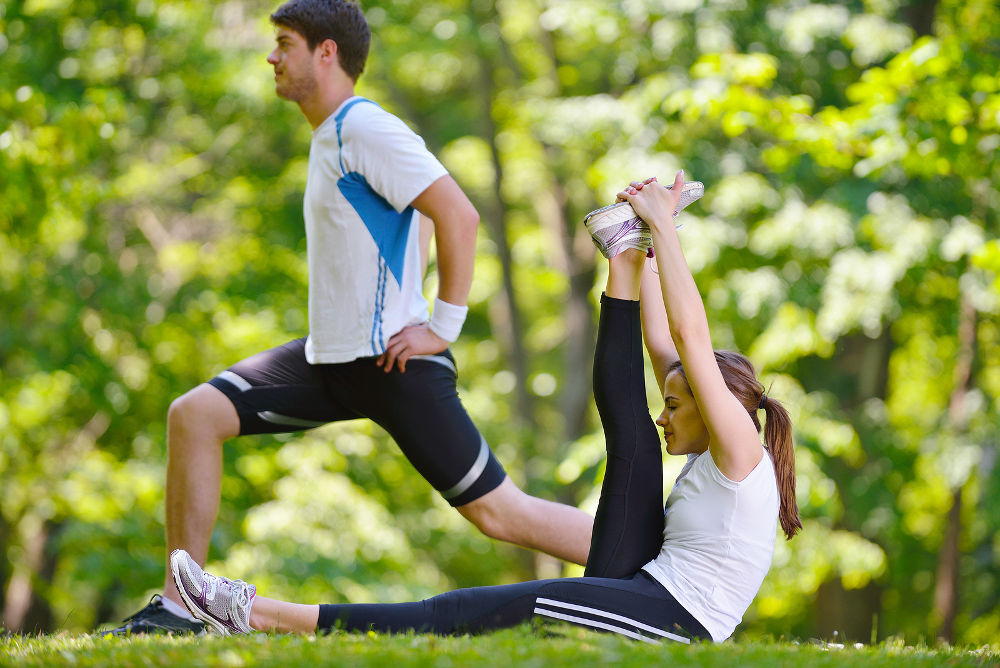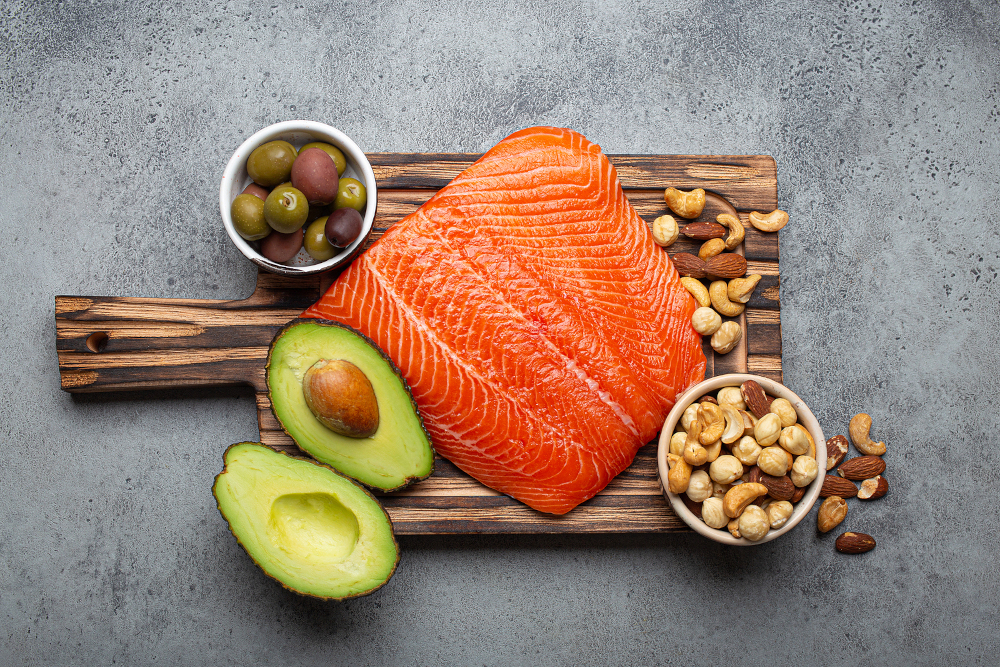As the winter sets in, it can be tempting to hibernate indoors, cosy up with a warm blanket, and put your exercise regime on hold. However, maintaining an active lifestyle during the colder months is not only important for a consistent fitness routine, but it can also help you maintain your physical health, which is especially important at this time of year with the uptick of colds and flu. Staying active can also be beneficial for your mental wellbeing.
Of course, sticking to your usual consistent fitness routine may be easier said than done in the cold, dark winter. To help you keep your workouts on track, Fitness Superstore are here to share five tips for getting the most out of your winter fitness regimen, whether you prefer hitting the weights indoors or bracing the cold on outdoor adventures.
Take your time when warming up

One of the most crucial aspects of winter workouts is starting with a thorough warm-up, especially when exercising outdoors. When it’s cold outside, your muscles and joints can be stiffer and less flexible, increasing the risk of injury. To mitigate this, start your workout a little earlier than usual and dedicate extra time to warming up beforehand. Start with some dynamic stretching, such as walking lunges and arm circles, to increase blood flow and loosen your joints.
Additionally, consider doing a short indoor cardio warm-up to raise your body temperature if you plan on exercising outside. This can be as simple as marching or jogging on the spot or doing jumping jacks for five minutes or so. The combination of dynamic stretching and cardio will prepare your body for the challenges of cold weather exercise, and may even leave you feeling more energised and motivated for your workout.
Combine indoor and outdoor workouts

If you usually exercise outdoors, you may find it trickier to stick to a consistent routine as the days become shorter and colder. However, combining both indoor and outdoor exercise can add variety to your routine and help you maximise the benefits of winter fitness. Indoor options like hitting the treadmill, doing yoga, or lifting weights can offer a respite from the cold and provide a change of scenery. This means that you can keep a consistent fitness routine even when the weather doesn’t allow you to get outside.
Of course, outdoor activities such as running, hiking, and cycling can be enjoyed at this time of year too. In fact, these outdoor workouts can come with many benefits in the winter. For example, as the heart doesn’t have to work as hard in the cold weather, we are able to exercise more efficiently (Harvard Health Publishing). Plus, they allow us to get our daily dose of vitamin D, which is especially important in the winter months. Just remember to dress appropriately in layers and stay mindful of the weather conditions; investing in thermal and moisture-wicking gear can make all the difference to your comfort and performance.
Focus on your fuel

Fuelling your body with the right pre-workout food is important at any time of year, but is especially so for exercising in winter. This is because as well as supporting your energy levels and recovery, your pre-workout snack is also responsible for increasing your body heat, which is essential for exercising outside in the cold weather, as well as for indoor workouts in chilly rooms which haven’t fully heated up yet.
Try to include a mix of carbohydrates, proteins, and healthy fats in your meals to provide sustained energy throughout your workouts. Don’t forget to incorporate plenty of fruits and vegetables for essential vitamins and minerals. When it comes to increasing your body temperature, having warm meals, snacks, or drinks is unsurprisingly beneficial for keeping warm during your workout. Protein porridge, stewed fruit, or eggs on toast are some great tasty and warming options to enjoy pre-winter workout.
Stay hydrated

Staying hydrated is not just a concern during the sweltering summer months; it’s equally important in the winter. In colder weather, you may not feel as thirsty, but your body still loses fluids through respiration and sweat. This makes it easier to become dehydrated, which can lead to decreased performance and increased muscle soreness.
Make a conscious effort to drink water before, during, and after your workouts. If you’re looking for ways to make your water more appetising, you may want to add fruit to the bottle, such as berries or citrus fruit. Sipping on warm beverages pre- or post-workout, such as herbal tea or warm water with lemon, can help you stay hydrated and combat the chill simultaneously.
Know when to rest

While consistency in your workout routine is important, so is knowing when to take some time off. In the winter, your body may require more recovery time, as the cold weather can be taxing on your muscles and immune system. Listen to your body’s signals – if you’re feeling fatigued or notice signs of overtraining, don’t hesitate to take a day off or opt for a lighter workout.
An especially important time to have some rest is if you’ve caught a winter bug. While you may want to take part in mild physical activity with a cold, like a gentle yoga session or a walk, pushing yourself too hard when you have a particularly bad cold or the flu can be counterproductive. These illnesses can cause muscle fatigue and high temperatures, which can be further aggravated by exercise. Instead, take some time to let your body recover so you can come back motivated and fighting fit.
Keoghan Bellew, a personal trainer at Fitness Superstore, said: “Winter workouts can be challenging and it’s easy to lack motivation, but there are plenty of ways you can get the most out of your fitness routine during the colder months to make things a little easier. Combining outdoor and indoor workouts allows you to get the best of both worlds and establishing a solid indoor training routine can help you keep consistent when the weather makes outdoor workouts impossible.
“As well as using these tips to enjoy your winter fitness routine to the fullest, make sure that you’re wrapped up safely and wearing appropriate footwear if you prefer to exercise outdoors. This will both keep you safe outdoors and can help you prevent catching colds, the flu, or other winter bugs which can disrupt your exercise regime.”























